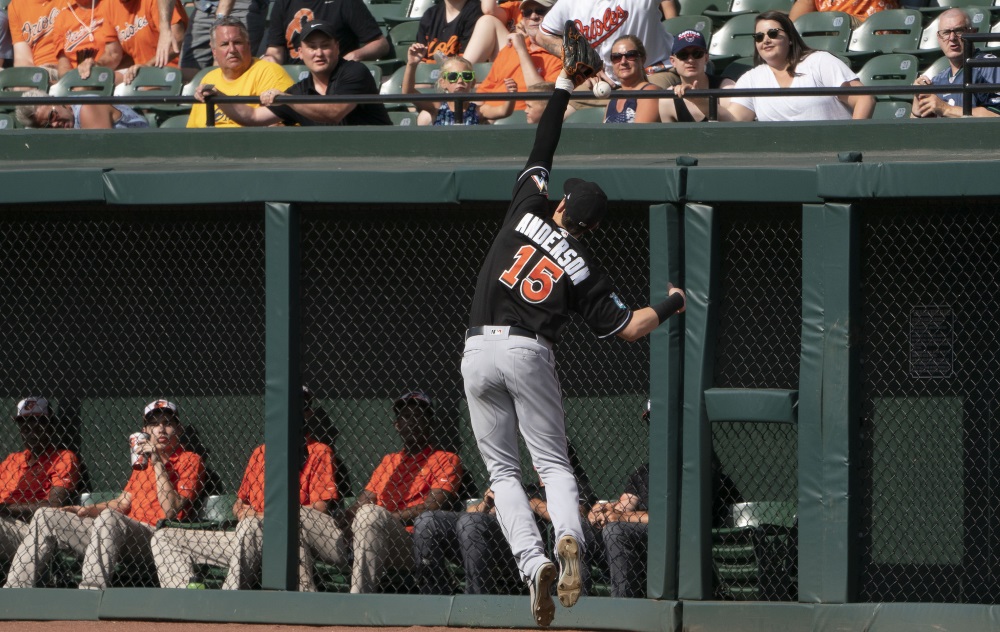Oh Hello, J.T. Realmuto
In recent memory alone, the conduct of Marlins owners has been defined largely by questionable judgment, from the purchase of a team whose payroll they could not afford to the alleged pocketing of revenue-sharing monies that should have been put towards improving the on-field product. They have claimed to be based in the British Virgin Islands in hopes of taking a court case to arbitration and even sued season ticket-holders and vendors.
Legal aficionado Sheryl Ring addressed the absurdity of what the Marlins are doing:
That’s right: the Marlins obtained a judgment against a season ticket holder using as leverage the fact that his attorney suffered a heart attack. They then attempted to take away a building he owns to collect on that judgment — and all because he didn’t want to renew his season tickets.
[…]
Because, consider: the Marlins haven’t sued just their fans; they’ve also sued ballpark concession vendors who, due to low attendance, were unable to stay in business and thus renew their contracts or pay the $2 million entry fee charged by the team.
What makes that tactic strange is that those lawsuits include claims against companies that have filed for bankruptcy protection, which means that the team is engaged in expensive litigation against entities that may have little or no ability to pay back the amount the team says it’s owed.
You could say that the Marlins are conducting a peculiar type of experiment: what happens when a team alienates its fans to such a degree that no one is left to watch.
As images like the following reveal, the experiment appears to be working.

